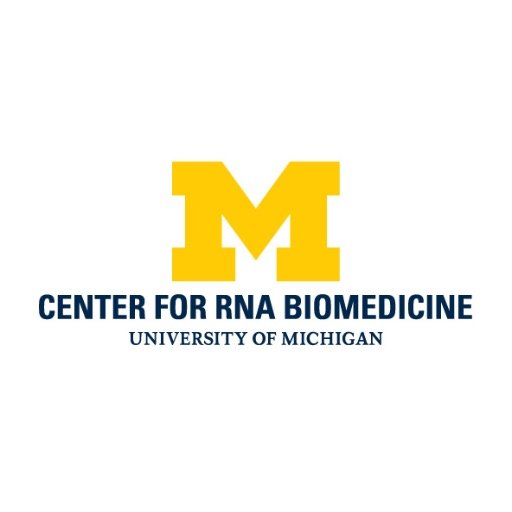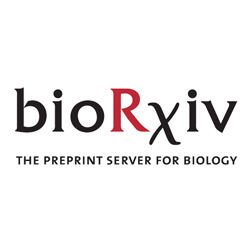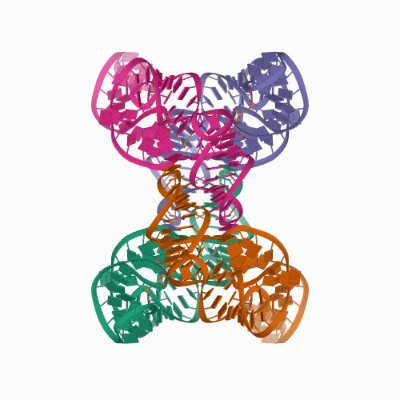
Joseph Yesselman
@JosephYesselman
Followers
819
Following
867
Media
36
Statuses
356
RNA structural biologist, developing RNA-based nanomachines for therapeutic and biosensing applications.
Lincoln, NE
Joined November 2009
I have just received an NOA for my NSF CAREER " Determining The Fundamental Rules of RNA Tertiary Contact Formation"! Thank you @NSF. This would not be possible without the amazing work of my students.
16
5
159
I am really excited to be giving a talk at the University of Michigan, where I received my PhD.
Join us Monday🧬October 7, 4-5 PM #RNA Innovation Seminar Series @JosephYesselman, Ph.D., @UNLincoln. “High-throughput determination of RNA tertiary contact thermodynamics by quantitative DMS chemical mapping”. @umichmedicine BSRB ABC Rooms and Zoom. Visit
2
4
33
It seems #AlphaFold 3 it better with RNA but still has a long way to go. Here is an new RNA not in the training set that contains a tertiary contact which it sorta gets although its slightly messed up
1
1
14
These reactivitys can be used to compute the Mg1/2 which can be directed related to dG. We looked at ~100 tetraloop-receptor mutations previous characterized by @WJGreenleaf and Dan Herschlag using RNA-MaP and we saw strong agreement with our computed Mg1/2s.
1
0
0
Excited to announce a new preprint: We developed a high-throughput method to measure the thermostability of RNA tertiary contacts using DMS chemical mapping and Mg2+ titrations. We believe this method is highly generalizable to many different systems. 1/.
biorxiv.org
Structured RNAs often contain long-range tertiary contacts that are critical to their function. Despite the importance of tertiary contacts, methods to measure their thermodynamics are low throughput...
3
23
74
Congrats @RDasLab @RachaelKretsch ! Excited to read!.
0
1
1

















